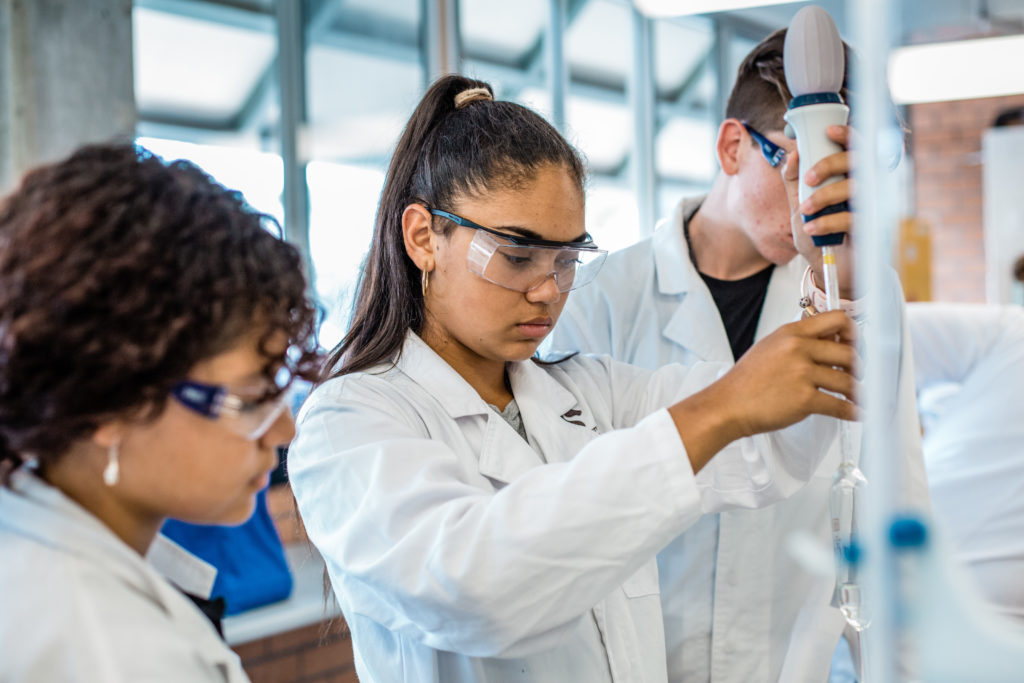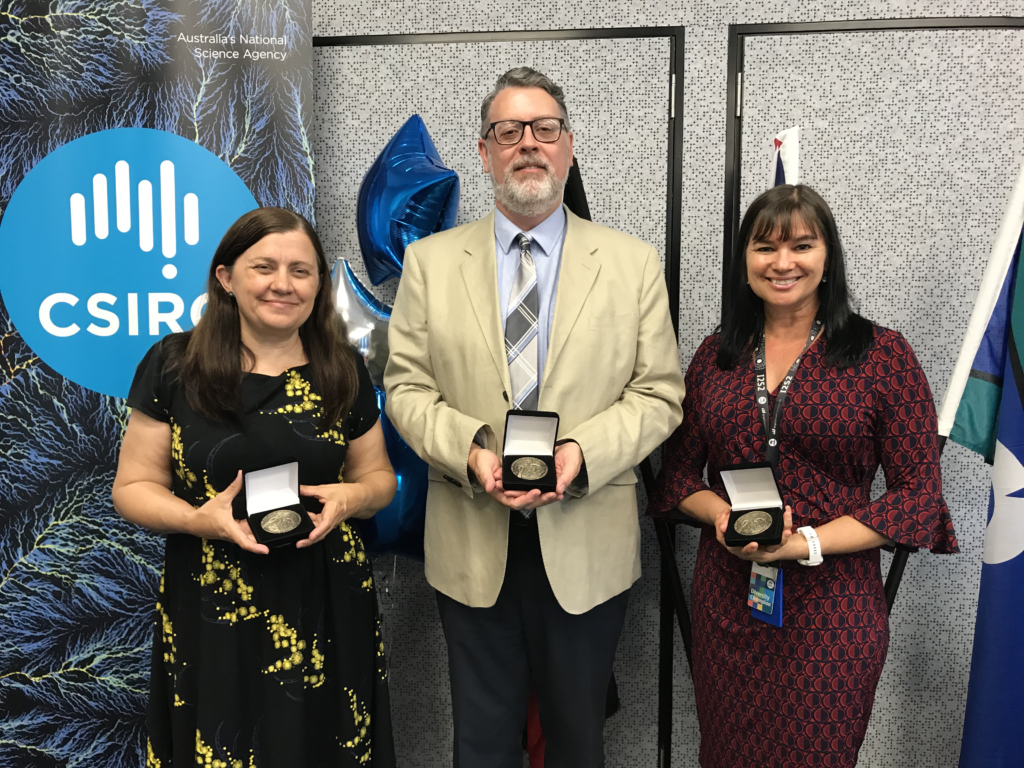
The Indigenous STEM Education Project has increased the number of Aboriginal and Torres Strait Islander students in STEM since 2015.
Creating a project that recognises thousands of years’ knowledge but also supports students’ aspirations and Indigenous cultural identity today – that’s a big task. Our Indigenous STEM Education Project (ISEP) has done exactly that. And the team behind it have just won two prestigious awards.
A huge round of applause
ISEP won the Australian Museum Eureka Prize for STEM Inclusion. The Eureka Prizes – the ‘Oscars’ of Australian Science – honour science excellence across the areas of research and innovation, leadership, science engagement, and school science.
ISEP also took home the Aboriginal and Torres Strait Islander Engagement Impact Excellence Medal at our CSIRO Awards 2020.
What’s the project about?
ISEP aims to increase the participation of Aboriginal and Torres Strait Islander students in science, technology, engineering and mathematics (STEM). It is made up of six programs. The programs include summer schools, teacher professional services, and awards.
Executive Manager of the Indigenous STEM Education Project, Max Lenoy, explains the importance of ISEP.
“Aboriginal and Torres Strait Islander peoples are Australia’s first scientists, with more than 65,000 years of ecological knowledge and experience. So, it is our honour to continue this practice through the Project,” Max said.
“The importance of having Indigenous STEM Education programs available to students, parents and teachers is that they provide our young people the opportunities to succeed in a field that our mob have been practicing for over three thousand generations.
“Most people assume that in Australia today there is equity and equality of opportunity regardless of your cultural background. That is not the reality for First Nations peoples. But by providing pathways for students, their families and teacher and schools, we are continuing to challenge the belief that we are not able to succeed.
“We are returning the national consciousness back to the reality that First Peoples used STEM to not just survive but to thrive. It is part of our DNA. Let’s celebrate it!” he said.

Three members of the Indigenous STEM Education Project team: Dr Jen Parsons, Dr Chris Banks and Kim Dyball holding their CSIRO Awards medals.
Project success
Since the project commenced in 2015, more than 22,600 Aboriginal and Torres Strait Islander students have been engaged.
The Australian Curriculum and the cross-curriculum priority of Aboriginal and Torres Strait Islander histories and cultures are linked in all learning resources developed.
The ISEP team focuses on the development of strong and trusting community relationships. They also value the leadership and involvement of Aboriginal and Torres Strait Islander people and the inclusion of STEM experts.
“Over the past six years, the team has developed and delivered these amazing programs. I am humbled and honoured to represent the team,” Max said.
“Each of the team members forged relationships, designed the programs and delivered the outcomes. Along the way they worked with stakeholders to determine the goals and methods of measuring the outcomes. This is to ensure the story was relatable and meaningful to them, our diverse First Nations communities and partners,” he said.


6th August 2021 at 5:58 pm
Thanks a lot for sharing this information, I appreciate your quality stuff.